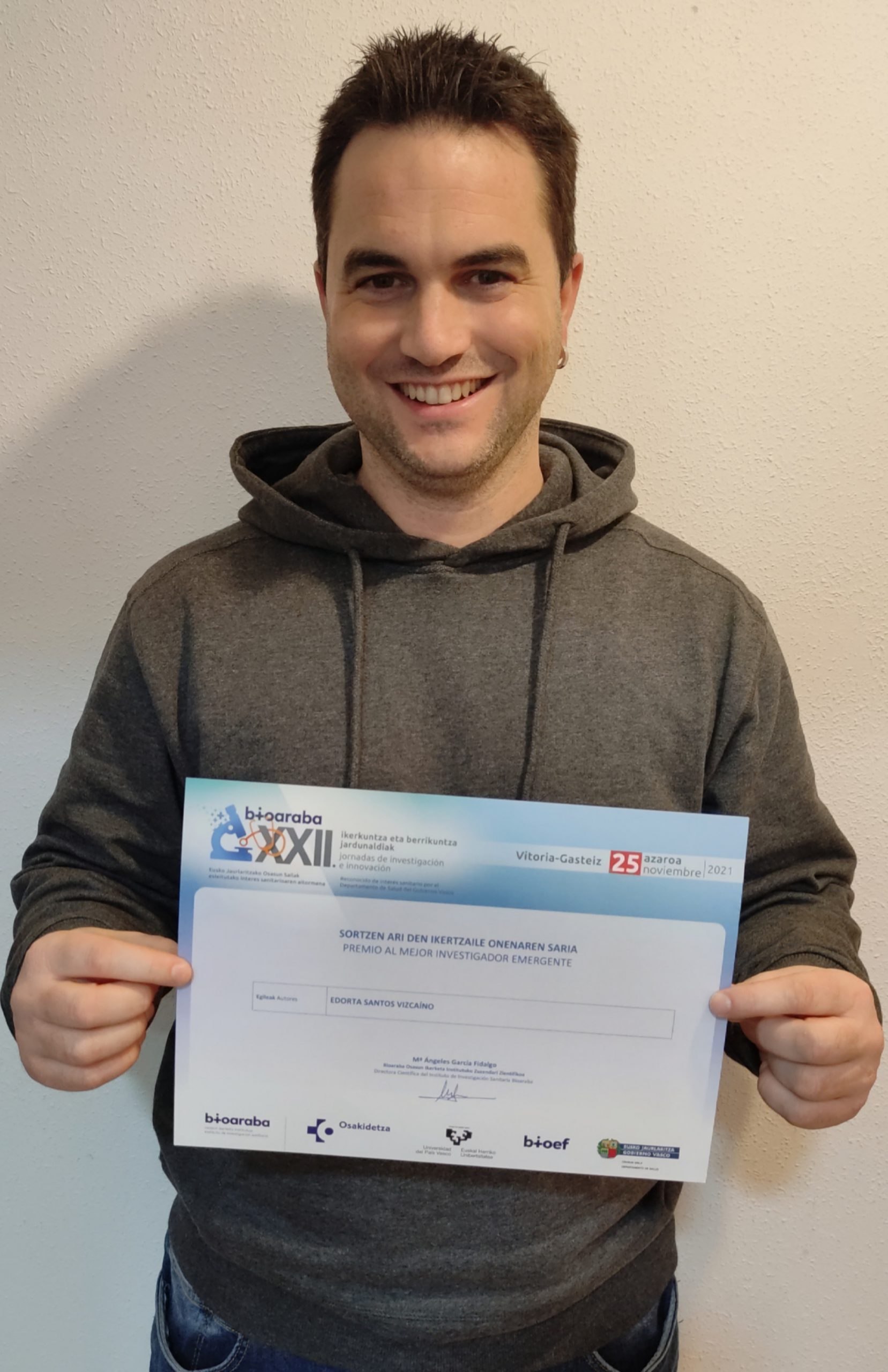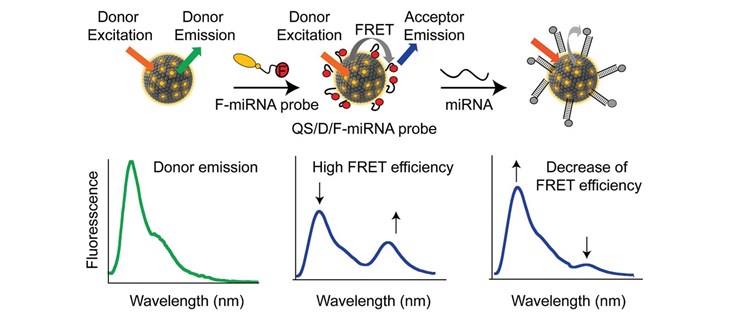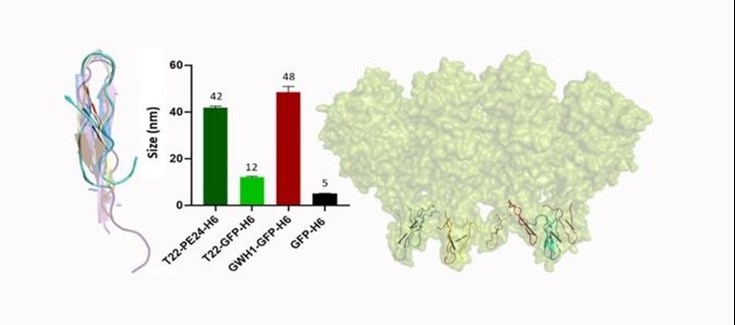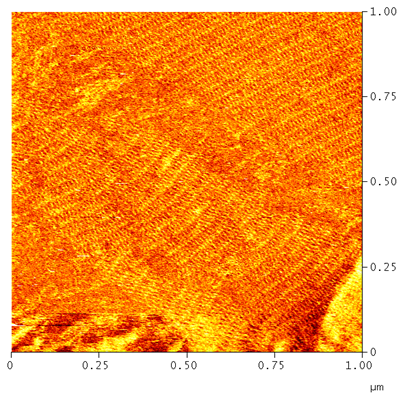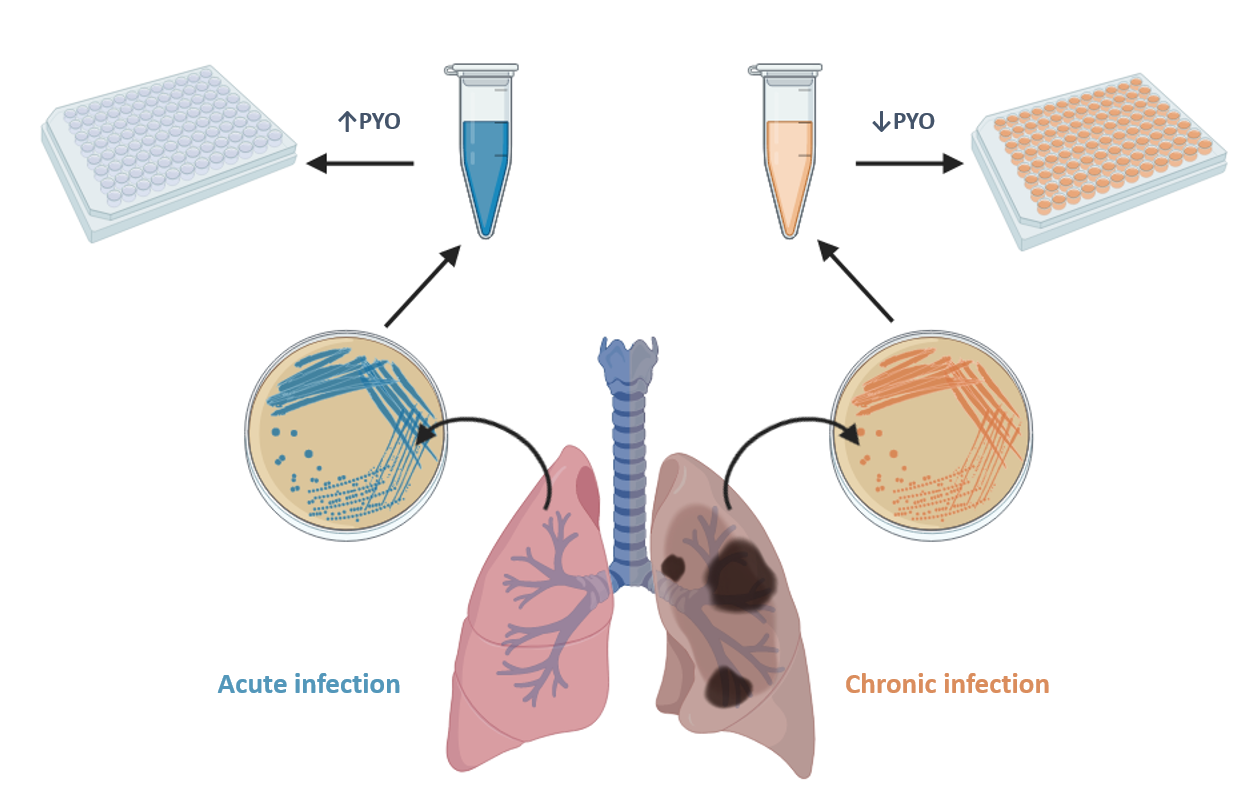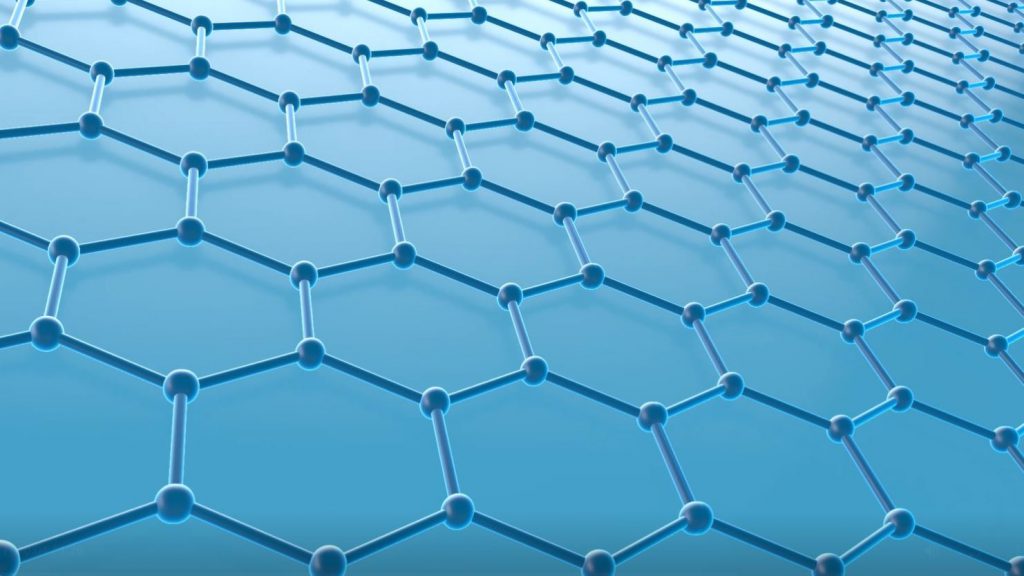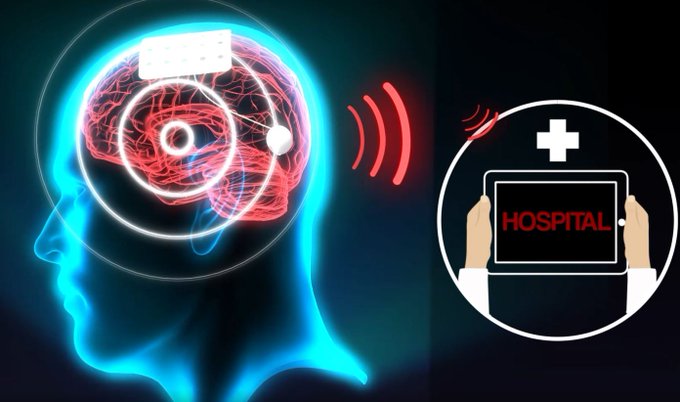U26-E07. MRS*DRYMAG3017-Flexiscan



Equipment Features:
Description: 3T preclinical imaging equipment with PET ClipOn attached.
Technical specifications: Imaging equipment with superconducting magnet, capable of varying the angle from 0 to 90º, without cryogenics of 3 Teslas; mouth diameter of 170mm; 600 mT/m gradients with 5% linearity; 30 mm DSV for Homogeneity and 0.05 ppm/hour for stability; 350 Kg of total weight.
Applications:
Acquisition and viewing of in vivo images of mice and rats as well as other beings or materials of similar size.
- Qualitative and quantitative studies (relaxation times T1 and T2 and even making maps) at the brain level and other organs.
- Cardiological sequences: diffusion, determination of blood volume…
Anatomical and functional studies of different organs (for example: renal, abdominal, liver…). - Bone-level imaging, distinguish between bone material from soft tissue.
Fat suppression techniques. - Oncological studies to detect and locate tumors and volume calculation.
- Carry out studies on fruits and vegetables (grapes, kiwi, tomato, seeds…).
- Perform studies with/without contrast (Gadolinium) and see the differences between the 2 images.
- Thanks to the possibility of rotating the equipment in a vertical position, images of plants can be obtained (because by their nature, they have to be in a vertical orientation, such as a stem).
- Ex-vivo studies can also be carried out vertically and in this way we maintain the integrity of the organ (eg heart).









